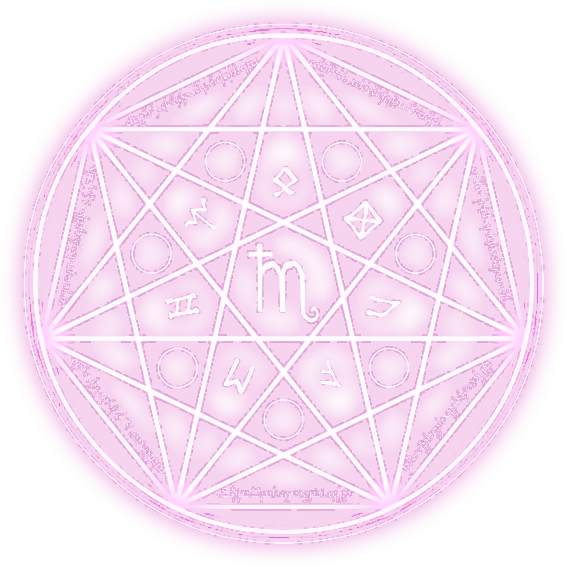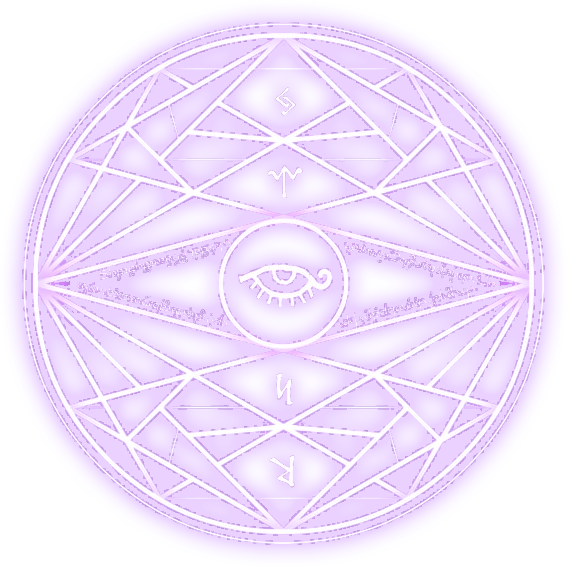Schools of Magic
NEED TO FINISH & CLEAN UP!! 07/18/2023
The major schools of magic were:
Abjuration : A collection of spells of a protective nature. Transmutation : Formerly also known as alteration, these spells could transform the nature of the physical world or objects in it. Conjuration : This group of spells created or transported people, energy or objects. Divination : This school had fewer spells than others, but allowed the caster to see things that they normally would not be able to. Enchantment : An area of arcane study that specialized in manipulating the minds of others. Evocation/Invocation : Although spells of this school seemingly created effects out of nothing, they drew raw power from out of The Weave. Illusion : This school was almost a secret society prior to the Time of Troubles, even possessing their own language. Their spells were those that fooled the senses. Necromancy : A dichotomous school that wielded positive energy into healing spells, and negative energy to affect both the Dead and undead.Other schools
Universal Magic: A small number of spells were not associated with any school but universally available, even to specialists. The rarely studied schools of Chronomancy and wild magic were special cases, as they contained many spells that can be used only by those specializing in them. The latter was even a school of magic in the discipline of Thaumaturgy.Chronomancy
: Spells that used and manipulated time and included time travel. Some schools of magic were unique to certain cultures. These spellcasters of Maztica each used their own selection of exclusive spells, which was somewhat of a cross between a school of magic and a priestly sphere.Hishna
: Talonmagic shaped the dangerous aspects of nature with the help of talismans to dominate and help in warfare.Pluma
: Feathermagic used the benevolent aspects of nature, in what were often bird-related spells, for the benefit of communities. Similarly, the mages of Zakhara distributed their spells into the elemental provinces of wind, sand, flame, and sea, as well as the universal province, open to all wizards.Alternative Systems of Magic
Some casters organized arcane spells not into the traditional schools of philosophy, but, based on what they produced. These were known as schools of effect:Dimensional
: Mages known as dimensionalists employed space, time and the planes for their purposes.Elemental
: Spellcasters that worked in this school of effect, known as elementalists, specialized in spells of one of the four elemental schools of air, earth, fire, and water.Force
: This school concentrated on Constructs of and manipulation of energy into cohesive, tangible effects. A specialist in this school was known as a "force mage".Incantation
: This magic specialized in spells that affected magic itself. A practitioner of this school was known as Incantatrix.Shadow
: Practitioners of this school, which was also known as talfirian magic, used twilight, Darkness and forces from the Plane of Shadow. Followers of path magic did not recognize schools of magic, but specialized in paths of power, much smaller selections of spells of increasing power unified by a single topic.Thaumaturgy
The schools of thaumaturgy not only put spells into categories different from the traditional schools, but used alternative ways to access magical energy:Artifice
: This school taught the use of substances and magical items to channel magic.Geometry
: To channel magic, this school used diagrams, symbols and complex geometric patterns.Song
: Any spell that required singing or command of the voice belonged to this school of thaumaturgy.Wild magic
: A school whose spells tapped into raw magic, with powerful but often chaotic results.Raw magic
Raw magic was a powerful force, locked within all matter, that was difficult and dangerous for even the most patient of mortals to wield.Mana
: Also referred as "spell power", this form of raw magic appeared as a golden light and was gathered through meditation.Spellfire
: This rare, supernatural-arcane ability was refined and controlled raw magic, drawing the living energy from diverse sources throughout the world. This manifested in a variety of ways, such as destructive silver bolts, healing radiance of silver light or white-hot jet of consuming energy. It was believed to uniquely manifest in a single person once per generation, granting the wielder magnificent feats capable of great magical transference or absolute mass destruction.Wild magic
: Areas where the weave had been badly damaged during the Time of Troubles, which produced wild magic effects, were scattered sporadically throughout Toril, similarly to dead-magic zones. They caused spells and spell-like abilities cast within their borders to exhibit random complications like spell failure, effects rebounding back to the caster, or random creatures being assigned as a spell's target, among others. Study of these effects inspired the development of a thaumaturgical school of magic.Weird Magic
The magic of hags was often described by other creatures as "weird magic", being mistaken as a distinct form that didn't follow the normal rules of magic. In actuality, hags simply called upon the Weave in ways that were different from others. Weird magic took on a multitude of forms with various means of activation, all of which were strange and unusual to other creatures. Each hag spent her life time developing her weird magic. Because of this individualized nature to weird magic, it was impossible to predict what a hag was capable of. And because hags carefully shepherded their use of weird magic, it was often impossible to duplicate or replace the magic items they created.High magic
This ancient form of magic, Arselu'Tel'Quess in elven, meaning the Great Art of the People, went far and beyond normal spellcasting, often affecting massive areas and vast populations of their kind. It was an incredibly rare type of magic to learn, required decades of study and research and was only taught to a select few of their kin. A single spell, or ritual, required anywhere from a single to dozens of mages casting a spell over the course of days.Mythals
One of the more widely-known uses of Elven High Magic was the ritual used in the creation of mythals, such as the one that protected the ruined city of Myth Drannor.Shadow Weave
The Shadow Weave was a source of magic, alternate to the Weave, that in a way, occupied its negative space. It was created by the goddess Shar as a response to the birth of Mystra. This source of arcane power was not without its advantages; it was immune to disruptions of the Weave, such as areas of wild magic or dead magic. However, as it was still a source of magic itself, antimagic effects would still nullify any spells cast by those who tapped into the Shadow Weave, such as the Shadow adepts. Spellcasters accessing the Shadow Weave were bolstered when using spells from the necromancy, illusion and enchantment schools of magic but experienced weakened effects with evocation and transmutation spells. While magic from the Shadow Weave was evocative of shadow magic, they were in fact unrelated.Psionics
Unlike traditional arcane arts that tapped into the Weave, or that which accessed the Shadow Weave, psionics was a manifestation of magic came from the inner life force of their practitioners, known as psions. Also known as the invisible art, psionic abilities appeared in only a select few, but were more common among certain races such as illithids, yuan-ti and even the ghostwise halflings. The collective psionic powers were broken down into 6 disciplines, analogous to the philosophical schools of arcane magic. Scions were capable of crafting magical items through a process known as empowerment.Elemental Magic
A form of magic that revolved around the elements. Unlike psionics, arcane magic, and divine magic — which all accessed and manipulated elemental power — in this system of magic, spells were driven by elemental power.The "Forces" of Ashla & Bogan
There is a unique manipulation of the weave for those who see it as a force that connects all life and reality. These have split into two main groups which seek to control it for their organization's goals, one claiming to use the light side of the weave, and the other using the dark side.
Type
Metaphysical, Arcane









